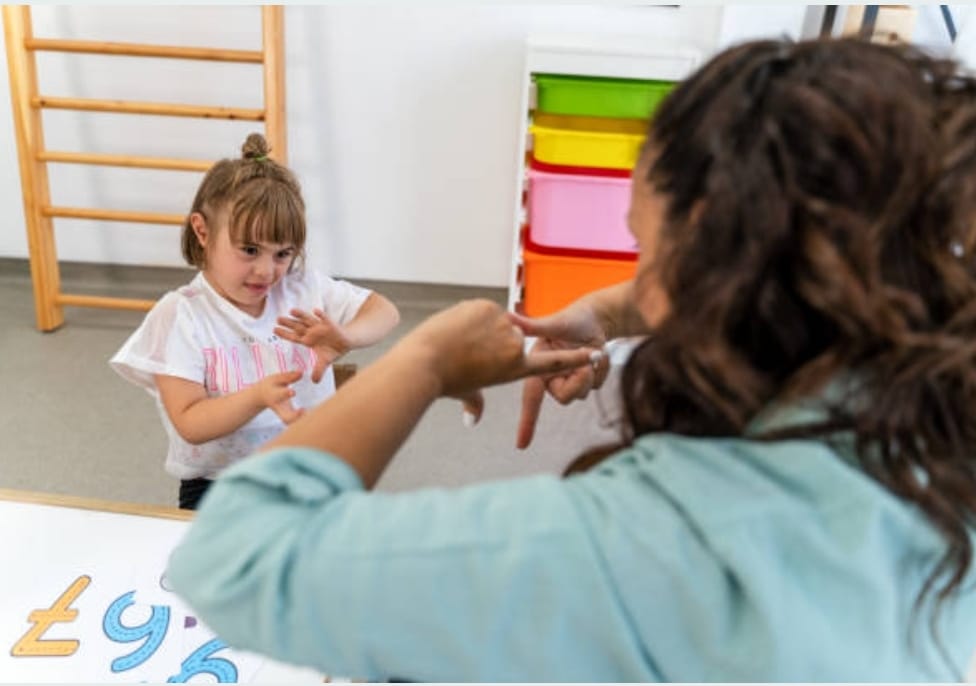Supporting Families and Children with Learning Disabilities: Lessons from My Practice
Supporting children with LDs requires patience, tailored strategies, and collaboration. Empower their growth with structure, resilience, and creativity!

As a professional working closely with children with learning disabilities (LDs) and their families, I’ve had the privilege of witnessing incredible transformations. The journey is often challenging, but the rewards—watching a child grow in confidence, achieve milestones, and feel empowered—make every step worthwhile.
In this blog, I want to share strategies that I’ve found effective in helping parents support their children at home, along with personal stories from my clients that illustrate the profound impact of tailored, consistent efforts.
Understanding the Challenge
One of the first things I help parents understand is that learning disabilities aren’t indicative of intelligence or potential. Whether it’s dyslexia, dyscalculia, or dysgraphia, these challenges primarily affect how a child processes information. Recognizing this is the foundation of meaningful support.
I’ll never forget working with a family whose son, Ethan, had dyslexia. His parents initially struggled to understand why he avoided reading altogether. “He’s so bright,” his mother said. “Why won’t he even try?” Together, we explored how his reading difficulty made the task feel insurmountable, and we crafted strategies to rebuild his confidence.
Strategies That Work
Creating a Structured Routine
Consistency provides children with a sense of control, especially those with LDs. I worked with Ethan’s parents to establish a predictable daily schedule that included time for reading, breaks, and hobbies he loved, like drawing.
By integrating structure into their home, Ethan’s focus improved, and his parents noticed less resistance to tasks he used to avoid.
Providing a Quiet Study Area
Another family I worked with had a daughter, Maya, who struggled with dyscalculia. Their home was bustling with activity, which made concentrating on math even harder for her. I suggested creating a quiet, organized study corner for Maya, complete with visual aids and tools to simplify math concepts.
This simple change allowed her to engage with her learning more effectively, and it became her safe space for tackling challenging subjects.
Breaking Tasks into Smaller Steps
Large tasks can feel overwhelming for children with LDs. I recall helping a young boy, Liam, who dreaded writing assignments due to dysgraphia. His mother and I broke down his writing tasks into bite-sized pieces.
First, he brainstormed ideas aloud. Then, we focused on one sentence at a time. Over weeks, this approach turned a daunting essay into manageable, achievable steps. Each small success boosted Liam’s confidence, paving the way for bigger achievements.
Using Multisensory Techniques
Learning is more effective when it engages multiple senses. One of my clients, Jenna, struggled with spelling due to dyslexia. Together, we implemented multisensory techniques: she traced letters in sand, used flashcards for visual reinforcement, and repeated sounds aloud for auditory learning.
Jenna’s mother told me how these techniques turned spelling practice into a fun, hands-on activity, transforming a source of frustration into something she enjoyed.
Building Emotional Resilience
Children with LDs often face emotional challenges, including frustration and self-doubt. Helping them develop resilience is just as important as academic support.
- Focusing on Strengths
I encourage parents to celebrate what their child excels at. One of my clients, Alex, had a remarkable talent for storytelling, even though dysgraphia made writing those stories difficult. We channeled his creativity into verbal storytelling, and his parents recorded his tales. This approach highlighted his strengths, building his self-esteem.
- Teaching Self-Advocacy
Role-playing scenarios with parents can help children learn to articulate their needs. I worked with a family whose daughter, Sophia, was nervous about asking her teacher for extra help. Together, we practiced simple phrases she could use in the classroom. Over time, Sophia gained the confidence to advocate for herself, a skill that will serve her well beyond school.
- Providing Emotional Support
Acknowledging a child’s frustration and offering reassurance is crucial. One of the parents I worked with started using phrases like, “It’s okay to feel upset. Let’s work on this together.” This simple shift in language helped their son feel understood and supported, rather than pressured to perform.
Leveraging Technology and Resources
Technology can make a world of difference for children with LDs. I’ve introduced many families to tools like speech-to-text apps for writing and math games for tackling numerical concepts.
In one case, a parent of a boy named Noah was hesitant to rely on technology, fearing it would replace traditional learning. I reassured them that these tools were designed to complement—not replace—other methods. With the help of a speech-to-text app, Noah began expressing his ideas without the burden of handwriting, which had previously held him back.
What I’ve Learned
1. Partnership is Key: Parents are the cornerstone of a child’s support system. Collaboration between parents, educators, and professionals amplifies success.
2. Progress Takes Time: Celebrating small victories keeps motivation high for both the child and their parents.
3. Every Child is Unique: There’s no one-size-fits-all solution. Tailoring strategies to each child’s strengths and challenges is crucial.
Conclusion: Turning Challenges into Growth
Supporting children with learning disabilities is a journey of patience, creativity, and perseverance. Families like Maria’s remind me of the incredible progress that’s possible when we approach these challenges with compassion and the right tools.
If you’re a parent navigating this path, know that you’re not alone. With tailored strategies, open communication, and unwavering support, your child can overcome obstacles and achieve their full potential.
Have you tried any strategies that worked particularly well for your child? Share your experiences in the comments below—I’d love to hear your stories!
